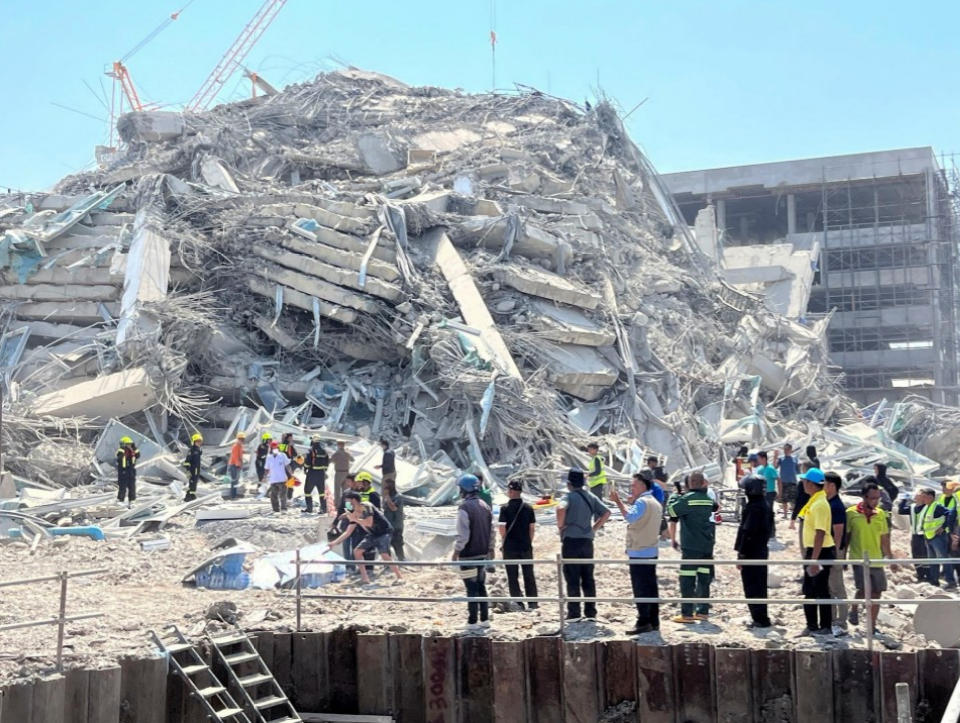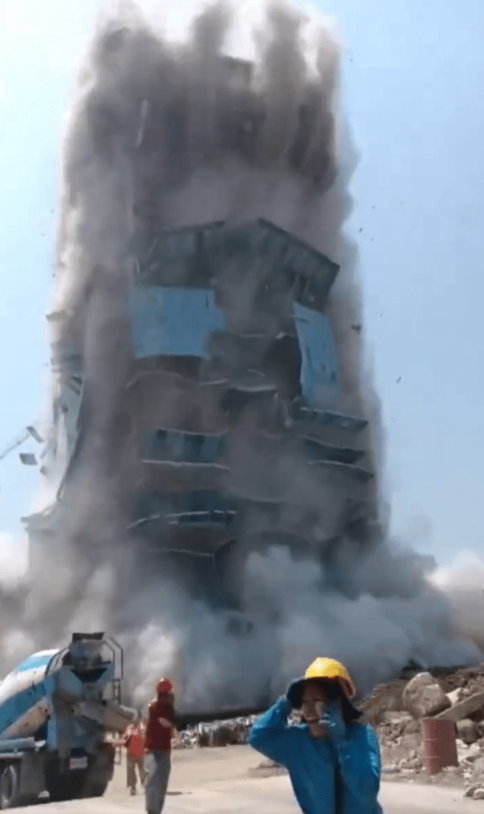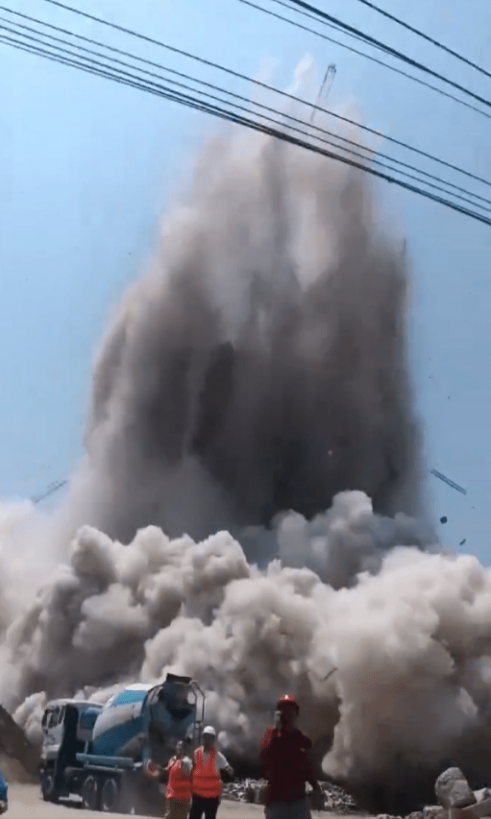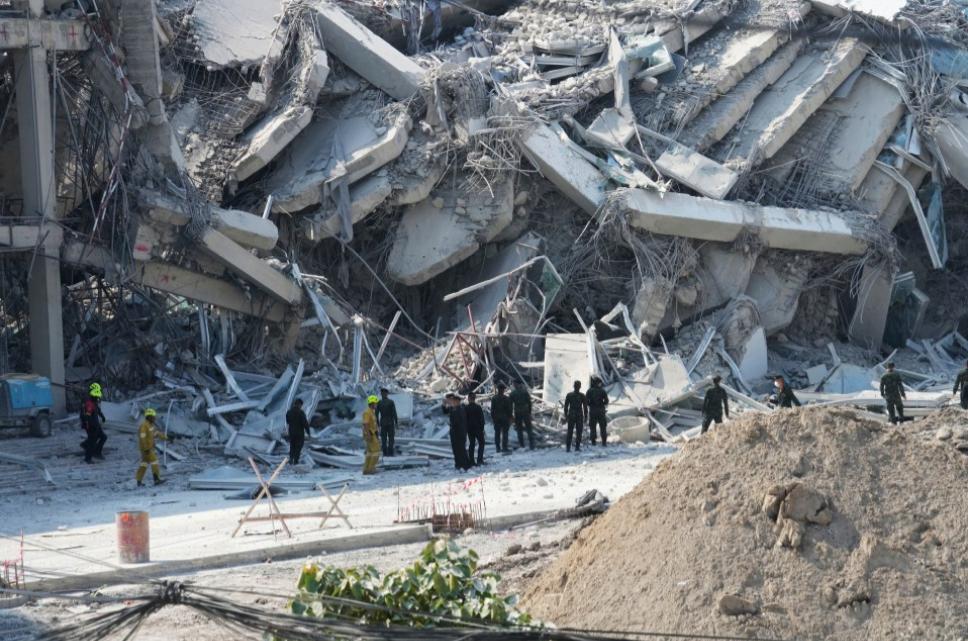
Thailand is not typically known for strong earthquakes, as it is not located on a major tectonic plate boundary like Indonesia or Japan. However, the country has experienced several notable seismic events throughout history. While most of these quakes have been minor, there have been instances where significant tremors have caused damage and concern among residents.
One of the most memorable earthquakes in Thailand occurred on May 5, 2014, when a 6.0 magnitude quake struck Chiang Rai, a northern province near the border with Myanmar and Laos. This earthquake was one of the strongest ever recorded in Thailand and was felt as far away as Bangkok. It caused significant structural damage to buildings, temples, and roads. The Phan District, located near the epicenter, suffered the most damage, with some homes collapsing and historical sites experiencing severe cracks. Several people were injured, and one fatality was reported. The event served as a reminder that while Thailand is not a high-risk country for earthquakes, it is not immune to them.
Thailand’s seismic activity is influenced by its proximity to major fault lines, including the Sagaing Fault in Myanmar and the Sunda Trench off the coast of Sumatra. These geological features contribute to occasional tremors in Thailand, especially in the northern and western regions. Additionally, smaller local faults, such as the Mae Chan Fault, have been known to trigger earthquakes.
The risk of earthquakes in Thailand is also linked to the country’s vulnerability to tsunamis, particularly in the southern coastal regions. The 2004 Indian Ocean earthquake and tsunami, one of the deadliest natural disasters in history, devastated Thailand’s Andaman coast. The massive 9.1 magnitude earthquake off Sumatra triggered a tsunami that struck Phuket, Krabi, Khao Lak, and other coastal areas, killing over 5,000 people in Thailand alone. This catastrophe led to the establishment of early warning systems and improved disaster preparedness in the country.
In recent years, Thailand has taken steps to strengthen its earthquake resilience. Buildings in seismic-prone areas are now required to follow stricter construction guidelines. Authorities also conduct earthquake drills and promote awareness campaigns to educate the public on what to do in case of an earthquake.
While Thailand is not as prone to earthquakes as some of its neighboring countries, the threat remains. Continued monitoring, preparedness, and infrastructure improvements are essential to minimizing the impact of future seismic events.




On March 27, 2025, a powerful 7.7 magnitude earthquake struck Southeast Asia, with its epicenter near Mandalay, Myanmar. The tremors were felt across the region, causing significant damage and casualties, particularly in Myanmar and Thailand.CP24+2New York Post+2Vatican News+2
In Bangkok, Thailand’s bustling capital, the earthquake caused buildings to sway violently, leading to widespread panic. Alarms sounded as residents evacuated high-rise condominiums and hotels, flooding the streets in search of safety. One dramatic incident involved the collapse of a high-rise building under construction near the popular Chatuchak market, resulting in multiple casualties. Rescue operations were promptly initiated to search for survivors amidst the debris. WSLSCP24
Eyewitnesses described scenes of chaos. Sophie Monk, a television and radio personality, recounted her terrifying experience on the 52nd floor of a Bangkok tower. She described the building swaying violently, prompting her and others to evacuate via emergency stairs. In the commotion, she lost her shoes but was aided by a kind stranger who offered her a pair. Monk emphasized the intensity of the experience and expressed hope for everyone’s safety. The Courier-Mail+2The Irish Sun+2New York Post+2The Courier-Mail
The earthquake’s impact in Myanmar was devastating. The military-run government declared a state of emergency in six regions, including the capital Naypyitaw and Mandalay. Reports indicated significant damage to infrastructure, including the collapse of a 90-year-old bridge in the Sagaing region and damage to highways connecting major cities. Casualties were substantial, with at least 144 deaths and over 700 injuries reported. Vatican News+4The Courier-Mail+4The Irish Sun+4New York Post+2CP24+2Vatican News+2The Sun
The international community responded with solidarity. Pope Francis offered prayers for the victims and expressed his spiritual closeness to those affected by the tragedy. He also commended emergency personnel for their efforts in aiding the injured and displaced. Vatican News+1AP News+1
This earthquake serves as a stark reminder of the unpredictable nature of seismic activity in the region. Both Thailand and Myanmar, while not typically associated with major earthquakes, are susceptible due to underlying geological conditions. The event underscores the importance of preparedness and robust infrastructure to mitigate the impact of such natural disasters.
As rescue and recovery efforts continue, the focus remains on providing aid to the affected communities, rebuilding damaged infrastructure, and implementing measures to enhance resilience against future seismic events.


